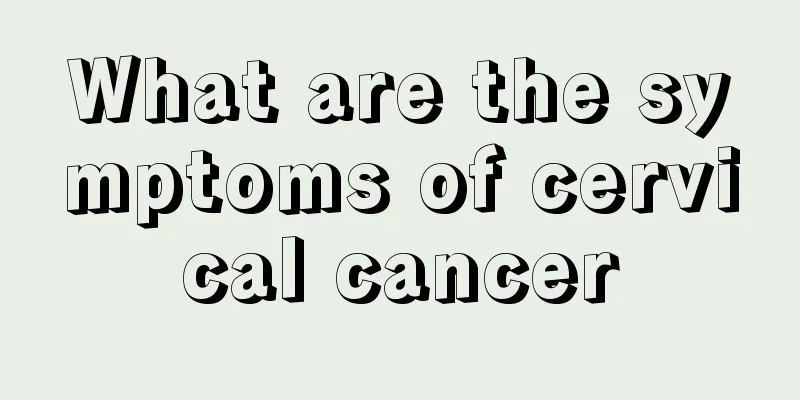What does the nasopharyngeal carcinoma examination include?

|
If you are not sure whether you have nasopharyngeal cancer, it is best to have a detailed examination. What is the nasopharyngeal cancer examination and what does it include? Nasopharyngeal carcinoma is one of the most common tumors in my country, with the highest incidence in Guangdong, Guangxi, Fujian, Hunan and other provinces. Blood in the nose can occur in the early clinical manifestations; if the tumor grows, the compression of the pharyngeal opening of the Eustachian tube will cause tinnitus, stuffy ears, hearing loss and other symptoms of otitis media; 60% of patients come to see a doctor to find swollen lymph nodes in the neck. What tests should be done for nasopharyngeal cancer? Anterior rhinoscopy: After the nasal mucosa is retracted, the posterior nasal cavity and nasopharynx can be viewed through the anterior rhinoscopy, and tumors that have invaded or are adjacent to the nostrils can be detected. Indirect nasopharyngoscopy is a simple and practical method. Check the nasopharyngeal wall in turn, pay attention to the posterior wall of the nasopharyngeal roof and the pharyngeal recesses on both sides, compare and observe the corresponding parts on both sides, and pay more attention to the asymmetric submucosal protrusions or isolated nodules on both sides. Fiberoptic nasopharyngoscopy: Fiberoptic nasopharyngoscopy can first use 1% ephedrine solution to astringe the nasal mucosa and dilate the nasal passages. Use 1% dicaine solution to anesthetize the nasal passages, then insert the fiberscope from the nasal cavity and push it forward while observing until it reaches the nasopharyngeal cavity. This method is simple and the mirror is fixed, but the observation of the posterior nasal cavity and the anterior wall is not satisfactory. 4. Neck biopsy Neck mass biopsy can be used for cases that are not diagnosed by nasopharyngeal biopsy. Generally, it can be performed under local anesthesia. During the operation, the earliest hard lymph nodes should be selected, and efforts should be made to remove the entire capsule. If the excisional biopsy is really difficult, a wedge excisional biopsy can be performed at the mass. When removing the tissue, a certain depth must be achieved to avoid squeezing. It is not advisable to suture too tightly after the operation. The above is an introduction to the relevant content, I hope it will be helpful to patients and friends. |
<<: Can I eat shrimp if I have breast cancer?
>>: What is Hodgkin's lymphoma
Recommend
Notice! These 53 diseases do not require infusion!
The Anhui Provincial Health and Family Planning C...
Can you eat water-injected pork?
It is best not to eat water-injected pork. Long-t...
How to make persimmon leaf tea
As one of the major producing countries of persim...
How long can you live with bone cancer and pain all over your body
How long can you survive with malignant bone canc...
What specialties can I bring back home from Foshan?
When people mention Foshan in Guangdong, they wil...
Can pregnant women use anesthesia to treat their teeth?
When a woman is pregnant, her body will be very d...
Sleep time and mortality comparison table
The relationship between sleep duration and morta...
Does filling a tooth cavity require anti-inflammation?
Gum disease is very common in people's lives,...
What are the symptoms of testicular cancer in men
The main symptoms of testicular cancer in men inc...
How to make wine soaked garlic and black beans
In our daily life, many people like to eat soaked...
Why do eyes become bloodshot and red
The eyes are the windows to the soul, and the app...
What are the dangers of eating coix seed all year round
For women, coix seed is a very useful food. Becau...
How to whiten private parts
Most women's private parts are fair and tende...
Is a mole that becomes larger and cauliflower-shaped during pregnancy melanoma?
The high-risk group for melanoma is the elderly, ...
The best domestic hospital for skin cancer
Skin cancer treatment is very important, but many...









